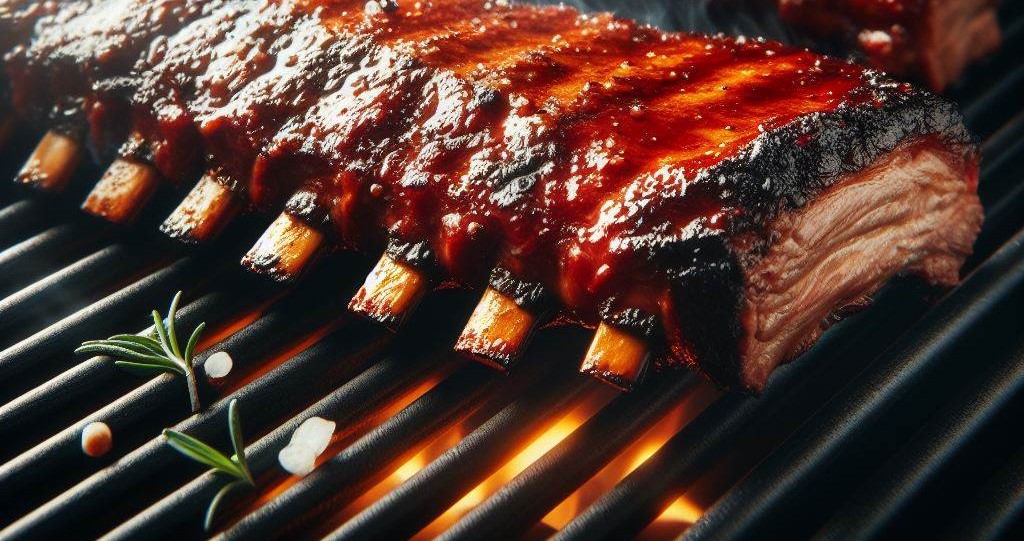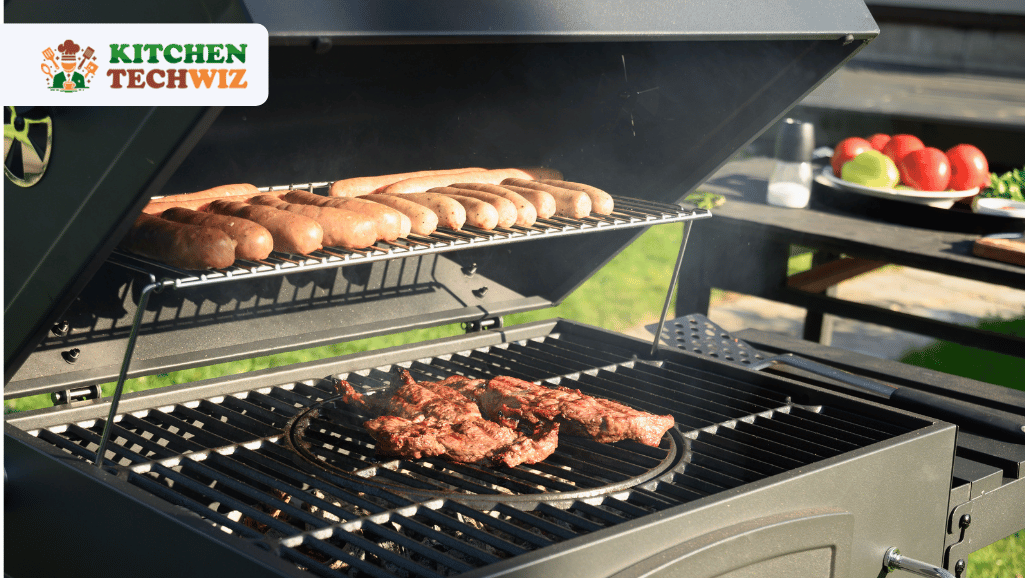Grilling ribs on a gas barbecue offers a delectable route to relishing tender and flavorful meat. While charcoal grills are often synonymous with barbecue, gas grills are equally adept at yielding mouthwatering results. In this guide, we’ll navigate you through the steps to achieve flawlessly grilled ribs on your gas grill.
1. Select the Right Ribs
Before diving into grilling, it’s pivotal to opt for the appropriate type of ribs. There are two primary choices: baby back ribs and spare ribs. Baby back ribs, smaller and more tender, contrast with spare ribs, which are larger and meatier. Both variations are suitable for gas grilling, so pick according to your preference.
2. Prepare the Ribs
Commence by removing the membrane from the back of the ribs. Employ a butter knife to loosen one end of the membrane, then grip it with a paper towel and peel it off. This process enhances flavor penetration and contributes to more tender ribs. Next, generously season the ribs with your preferred dry rub or marinade, ensuring thorough coverage on both sides. Allow the ribs to marinate in the refrigerator for at least 30 minutes to enhance flavor development.
3. Preheat the Gas Grill
Preheating the grill is pivotal to ensure uniform cooking. Activate all burners to high heat and close the lid. Let the grill preheat for approximately 10-15 minutes until it attains a temperature of around 300-350°F (150-175°C).
4. Establish Indirect Heat
Indirect heat is fundamental for tender and succulent ribs. On a gas grill, this involves deactivating one or more burners to create a cooler zone. Position the ribs on the grill grates, away from the direct heat source. For a three-burner grill, deactivate the middle burner. For a two-burner grill, deactivate one side.
5. Grill the Ribs
Once the grill is preheated and set up for indirect heat, it’s time to commence grilling the ribs. Place the ribs bone-side down on the cooler section of the grill. Close the lid and allow them to cook for about 1.5 to 2 hours, adjusting based on rib thickness.
During the cooking process, resist the urge to frequently check on the ribs. Excessive lid opening can lead to temperature fluctuations and uneven cooking. Trust the process and allow the grill to work its magic.
6. Apply BBQ Sauce (Optional)
For those who prefer saucy ribs, consider adding barbecue sauce during the final 15-30 minutes of cooking. Brush the sauce onto both sides of the ribs and allow it to caramelize over indirect heat. Exercise caution to avoid applying the sauce too early, as sugars in the sauce can burn.
7. Check for Doneness
To ascertain rib readiness, employ the bend test. Using tongs, gently bend the ribs; if they slightly crack and the meat pulls away from the bone, they’re ready. Alternatively, utilize a meat thermometer to ensure an internal temperature of 190-203°F (88-95°C).
8. Rest and Serve
Upon completion, remove the ribs from the grill and allow them to rest for approximately 10 minutes. This facilitates redistribution of juices, ensuring moist and tender results. After resting, slice the ribs into individual portions and serve alongside your preferred accompaniments.
Now equipped with the knowledge of grilling ribs on a gas grill, you’re poised to astound your loved ones with delicious and succulent ribs. With practice, you’ll ascend to mastery in grilling ribs to perfection.



![16 Best Tabletop Propane Gas Grills 2024: [Also Charcoal & Electric]](https://kitchentechwiz.com/wp-content/uploads/2021/04/Best-Tabletop-Propane-Grill-1.jpg)
Leave a Reply